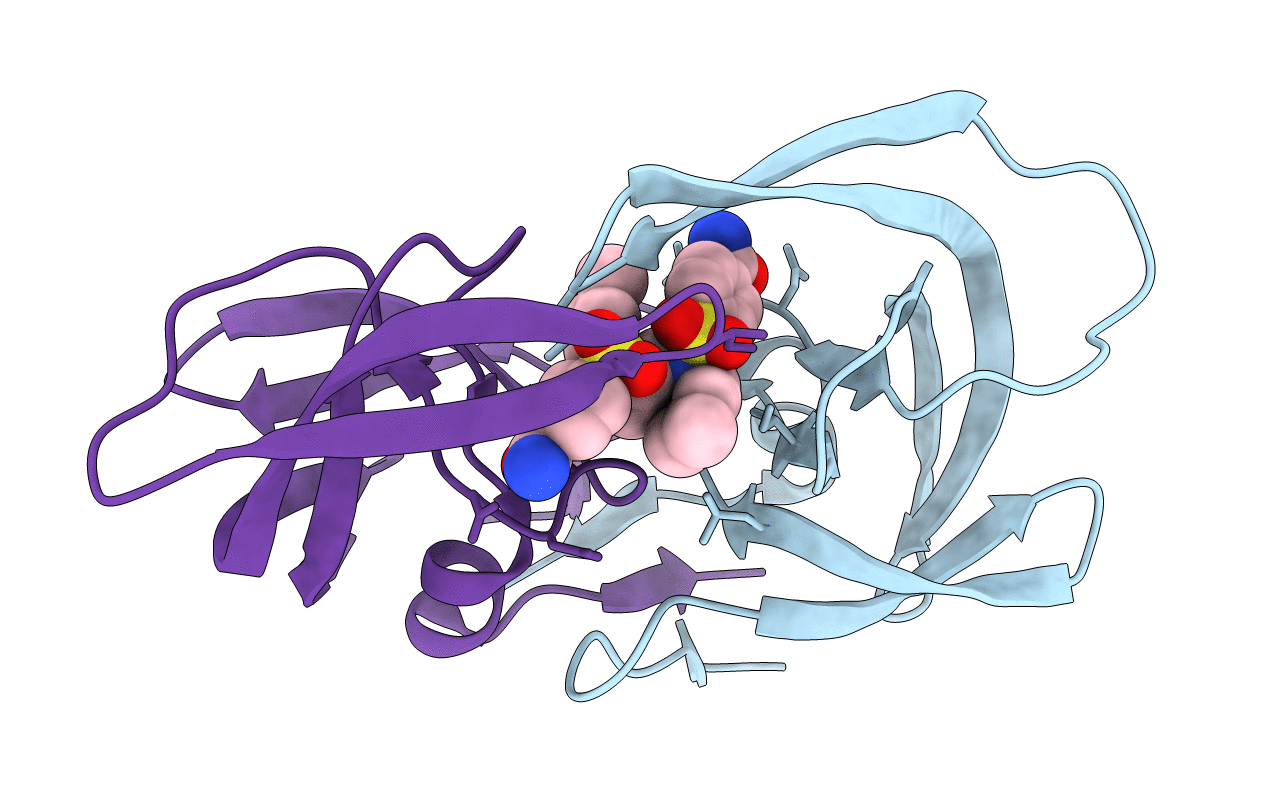
Deposition Date
2008-03-17
Release Date
2009-03-24
Last Version Date
2023-11-01
Entry Detail
PDB ID:
3CKT
Keywords:
Title:
HIV-1 protease in complex with a dimethylallyl decorated pyrrolidine based inhibitor (orthorombic space group)
Biological Source:
Source Organism:
Human immunodeficiency virus 1 (Taxon ID: 11676)
Host Organism:
Method Details:
Experimental Method:
Resolution:
1.65 Å
R-Value Free:
0.23
R-Value Work:
0.18
R-Value Observed:
0.18
Space Group:
P 21 21 21


